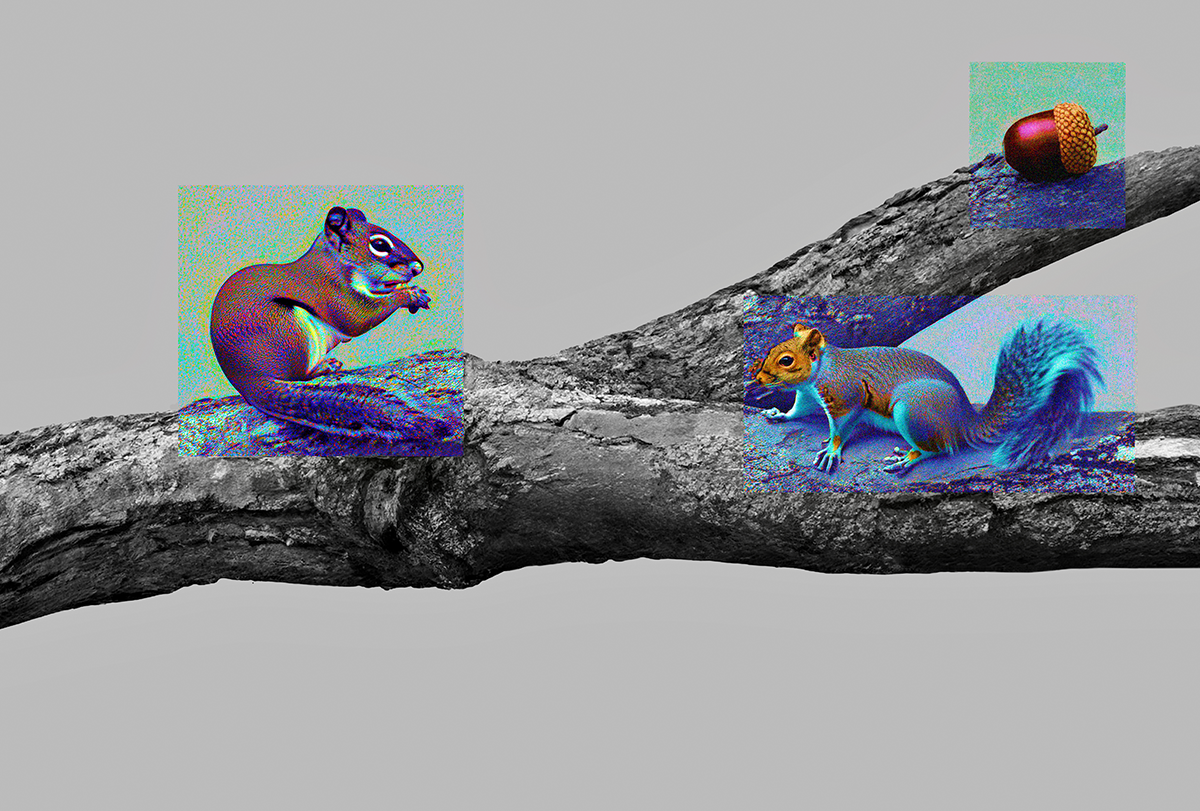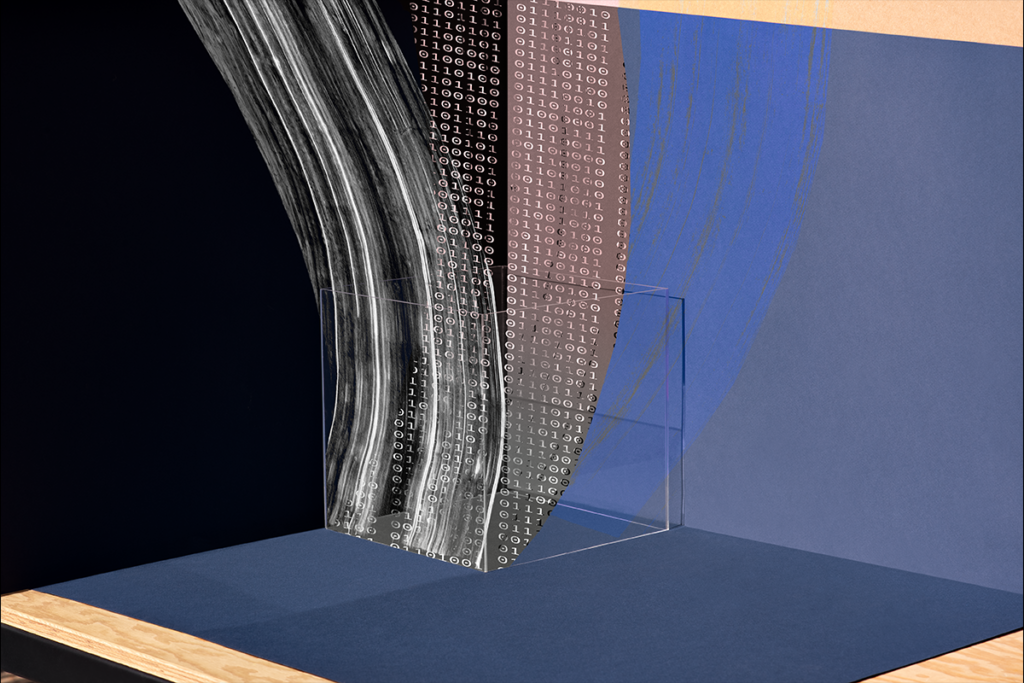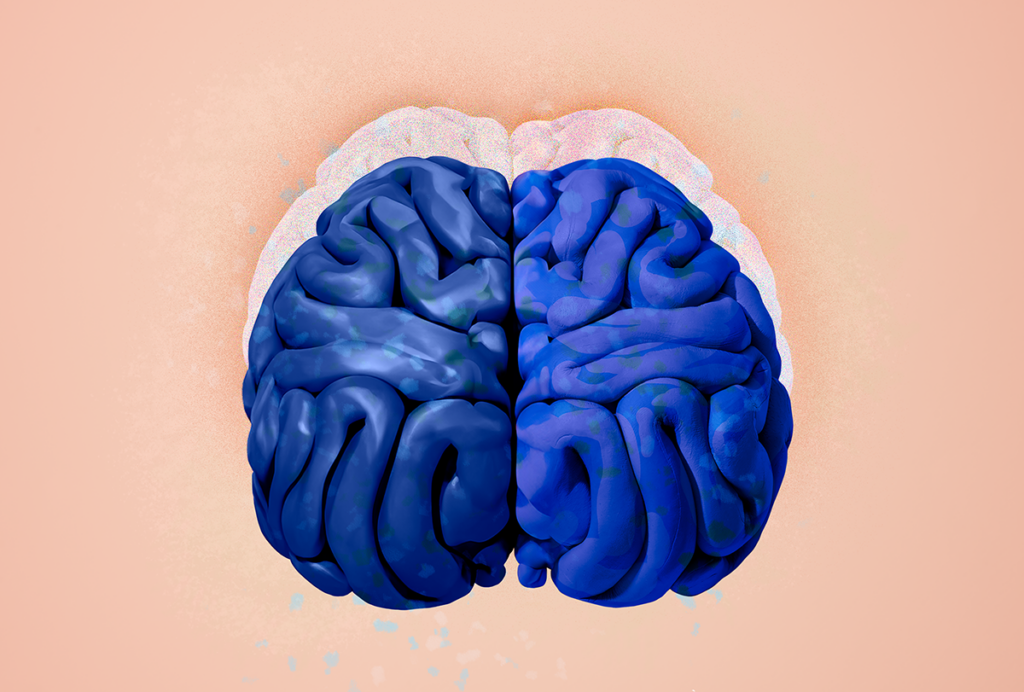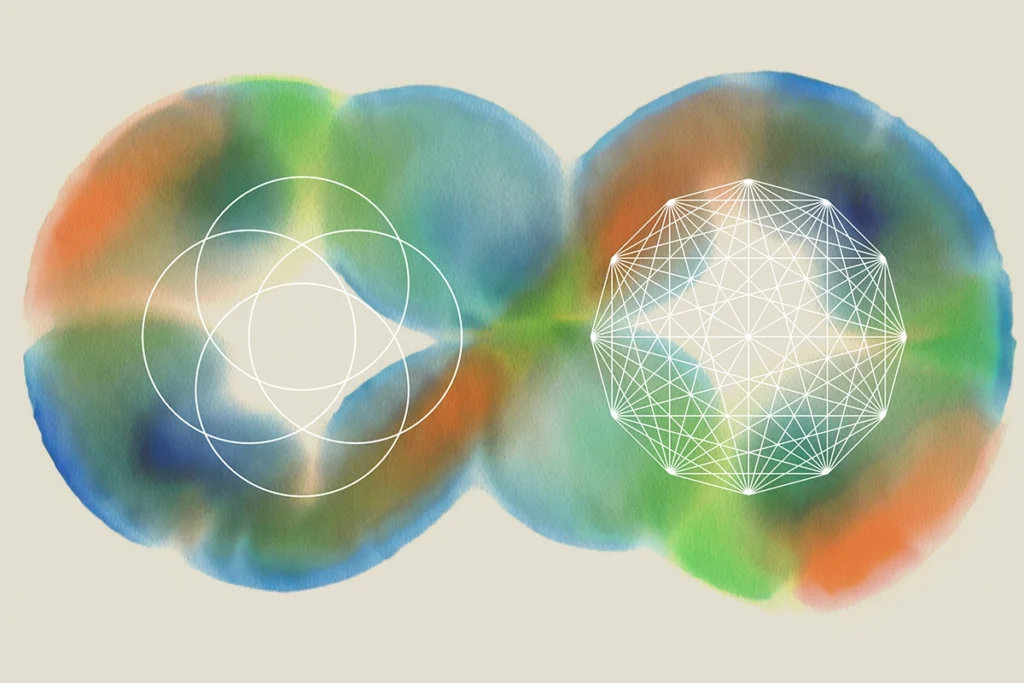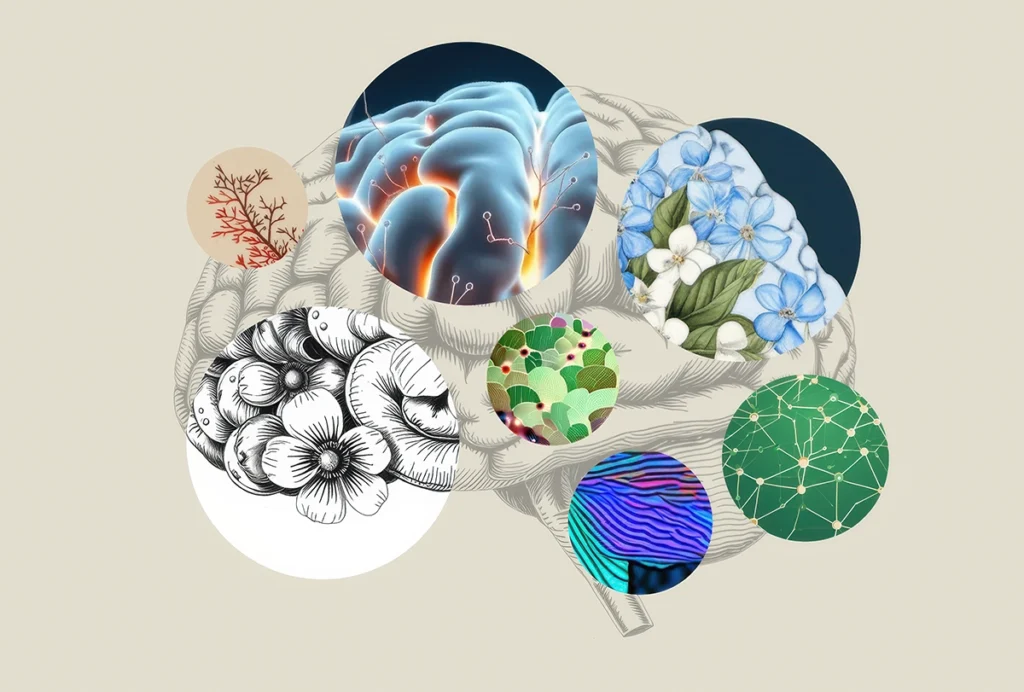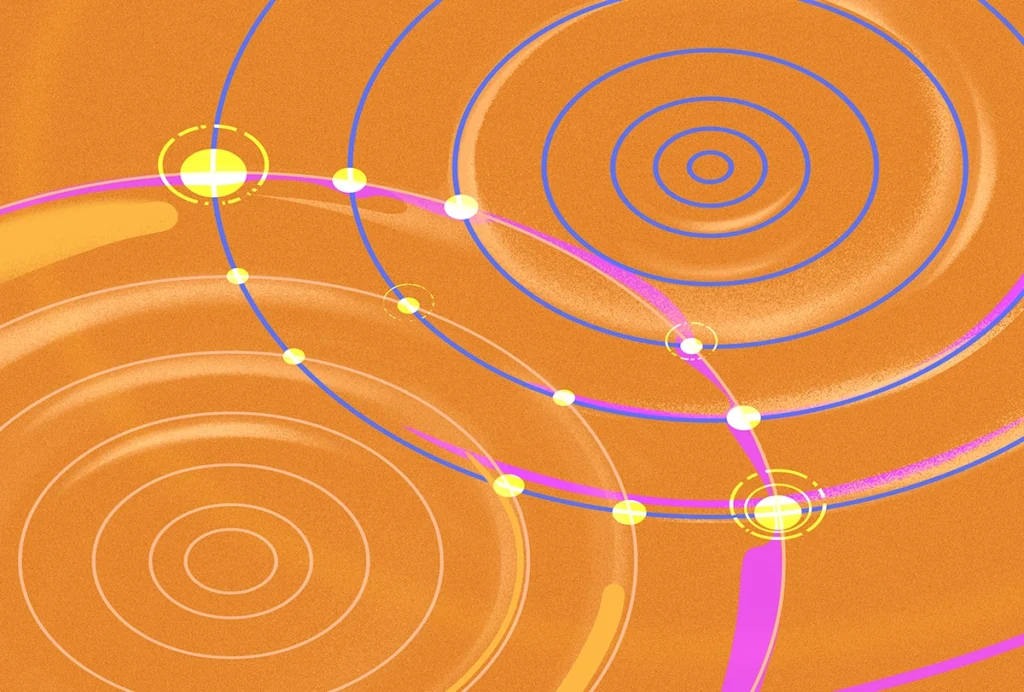Watch a mouse raid your pantry day after day, and you’ll witness a master class in autonomous behavior far beyond the abilities of even our most sophisticated robots. In neuroscience, we often take such agency for granted. After all, agency—the ability to autonomously pursue goals over extended periods—is the defining feature of animal behavior. Even the simplest animals exhibit purposeful behavior: Caenorhabditis elegans navigates chemical gradients, fruit flies court mates, and mice forage for food. Yet we still do not know how to build an autonomous artificial-intelligence system, one capable of cleaning a house or running a lab. As we try to build artificial agents that can act independently over long time scales in the real world, adapting their goals as needed, we are discovering that agency is far more complex than it appears. This echoes a similar revelation about vision that occurred decades ago.
In the 1960s, David Hubel and Torsten Wiesel revealed that visual processing in the mammalian brain is hierarchically organized. The early visual cortex contains distinct types of neurons arranged in increasing levels of sophistication: “simple” cells that respond to oriented edges, “complex” cells that integrate information over space, and so on. This finding motivated a research program based on the idea that by stacking these progressively more sophisticated representations, all the way up to so-called “grandmother” cells that respond to individual people, we would arrive at higher-level abstractions; all we needed to do to understand visual processing was identify the representations in each step of the visual hierarchy. Inspired by these ideas from neuroscience, computer vision researchers attempted a similar approach, focusing on individual subtasks—optimal edge detection, shape from shading, motion flow estimation, and so on—with the intention of assembling these components into a functioning machine-vision system.
Richard Feynman famously wrote, “What I cannot create, I do not understand.” This has proved especially true in machine vision. However seductive the idea of patching together isolated “clever tricks,” that approach turned out to be woefully inadequate. For decades, progress was slow, thwarted by brittle solutions that failed to scale or generalize. Even seemingly straightforward tasks such as recognizing objects under different lighting conditions or identifying partially occluded shapes proved remarkably difficult. Our attempts to build vision systems demonstrated how superficial our understanding of visual processing was.
Researchers did eventually build successful computer vision systems using AI, but to what extent this result has led to understanding is a matter of debate—and a topic for another essay. And in the meantime, a new generation of researchers is poised to relearn the same lesson as we try to imbue AI systems with long-term, autonomous agency.
A
s computer scientist Hans Moravec noted almost 40 years ago, “it is comparatively easy to make computers exhibit adult level performance on intelligence tests or playing checkers, and difficult or impossible to give them the skills of a 1-year-old when it comes to perception and mobility.” Capabilities that we humans consider “hard”—chess, abstract reasoning, complex symbolic tasks—turned out to be relatively easier for computers, whereas what we think of as “easy”—parsing a visual scene, climbing a tree or stalking prey—is far more challenging to replicate in machines. Agency, in this sense, is the ultimate Moravecian challenge. We take it for granted because animals, including us, are so adept at it, having been shaped by hundreds of millions of years of evolution.The interplay between neuroscience and AI creates a powerful virtuous circle in tackling the challenge of agency. On the one hand, our attempts to build artificial agents illuminate gaps in our understanding of biological agency, providing neuroscience with new questions and hypotheses to investigate. Many neuroscientists today, like vision researchers in the era of Hubel and Wiesel, may not fully appreciate just how difficult it is to achieve autonomous actions. We might be tempted to think we understand agency because we can map neural circuits for specific behaviors such as fighting and mating, or identify brain regions involved in higher-level decision-making. But just as vision turned out to be far more than a hierarchy of feature detectors, the greatest challenge in understanding agency may turn out not to be identifying the individual modules involved but understanding how multiple competing objective functions work together to generate behaviors.
On the other hand, insights from animals—the only known examples of successful autonomous agents—can guide the development of artificial systems that effectively navigate complex, open-ended environments. There is great excitement in Silicon Valley about developing “agentic AI” based on large language models (LLMs)—digital helpers that could, for example, read the scientific literature, formulate a hypothesis, design and execute an experiment, analyze the data and update the hypothesis—but the success of such LLM-based approaches remains far from certain; we cannot yet trust an LLM-based agent to even navigate the U.S. National Institutes of Health website to submit a grant proposal. We cannot simply combine perception, planning and action modules and expect robust goal-directed behavior to emerge. The development of autonomous AI systems will likely require leveraging insights from natural agents, which maintain coherent behavior over long time scales, while balancing multiple competing objectives. Critically, this same understanding will help us build systems that are reliably aligned with human values and interests.
The lesson is clear. Researchers once believed that by piecing together clever hacks—edge detectors here, shape from shading there—we could build a complete vision system. We were wrong. A similar pattern is emerging in our efforts to imbue AI with agency. If anything, the lesson from vision is even more pertinent in the domain of agency: Purposeful behavior, having emerged at the dawn of animal life, remains the most fundamental and defining characteristic of all animals. Recognizing this complexity and embracing lessons from neuroscience can guide us toward more sophisticated and safe autonomous AI, while deepening our understanding of the brain’s most remarkable and fundamental capacities.
